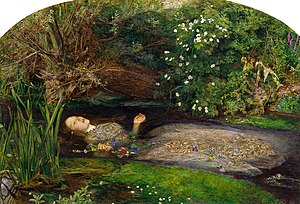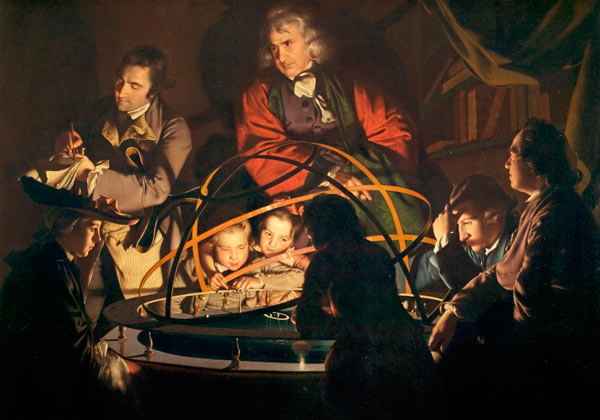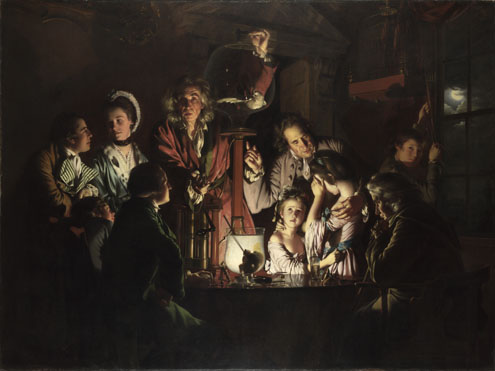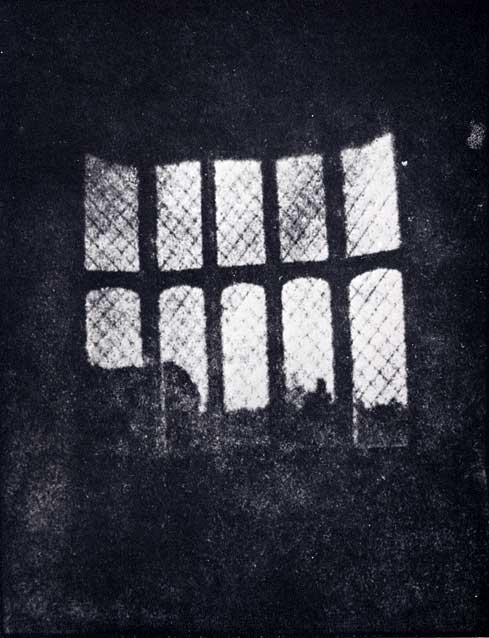Romantics,
Pictorialists and the Photo Secession
Pictorialism
was an international style and aesthetic movement which dominated photography
during the later 19th and early 20th centuries. Although
there is no standard definition of the term it generally refers to a style in
which a photographer has somehow manipulated what would otherwise be a straightforward
photograph as a means of ‘creating’ an image rather than simply recording it.
Typically in a pictorial photograph there would appear to be a lack of sharp
focus, it would be printed in one or more colours rather than black and white
and may have visible brush strokes or other manipulation on the surface. For a
pictoralist, a photograph, like a draeing, engraving or painting, was a way of
projecting an emotional intent into the viewers realm of imagination.
Pre-Raphaelite’s
was a group of English painters, poets and critics founded in 1848 by William
Holman Hunt, John Everett Millais and Dante Gabriel Rossetti, they were soon
joined by William Michael Rossetti, James Colinson, Frederic George Stephans
and Thoman Woolner, they then formed a seven member ‘brotherhood’. The groups
intention was to reform art by rejecting what is considered the mechanistic
approach first adopted by the Mannerist artists. The members believed that the
classical poses and elegent compositions of Raphael in particular has been a
corrupting influence on the academic teaching of art.
Julia
Margaret Cameron – The Mountain Nymph Sweet Liberty
Cameron was
influenced by the pre-raphaelites. Nymph was a mythological term for a young
attractive woman who was innocent living in the forest. Greek myths would
include plenty of morals and ethics and the Victorians were big on morals and I
believe this would draw in the attention. Friends and family would play out
roles for Cameron for her photographs.
Sir John
Everett Millais – Ophelia 1851 – 1852
Photograph is based on Shakespeares play Hamlet.
Photograph is based on Shakespeares play Hamlet.
Secessionism
From the official politics, the first secession occurred in France












 Post war years – The last 25 years
Post war years – The last 25 years 


 Born in New York in 1923 Richard Avedon was
one of the most prominent photographers of his generation as he revolutionized
fashion photography. He reinforces the impact of the subject by removing
anything extraneous from the photograph. By using a white backdrop for his
portraits he allows the figure, or sometimes just the face, to dominate the
space.
Born in New York in 1923 Richard Avedon was
one of the most prominent photographers of his generation as he revolutionized
fashion photography. He reinforces the impact of the subject by removing
anything extraneous from the photograph. By using a white backdrop for his
portraits he allows the figure, or sometimes just the face, to dominate the
space. 

 Edward Steichen
Edward Steichen